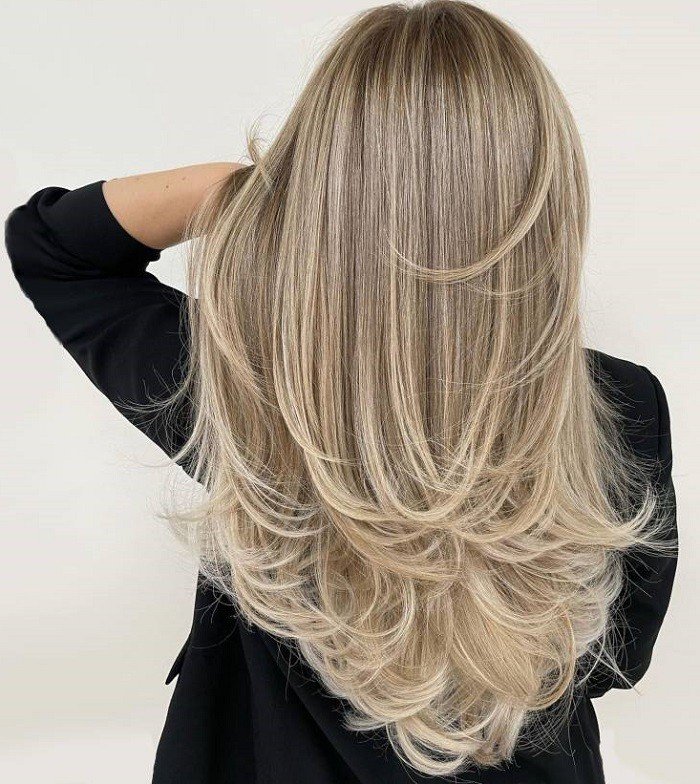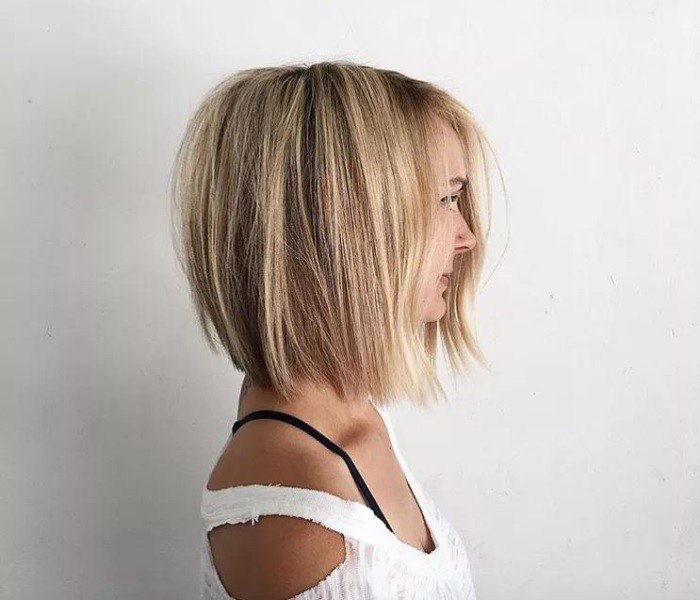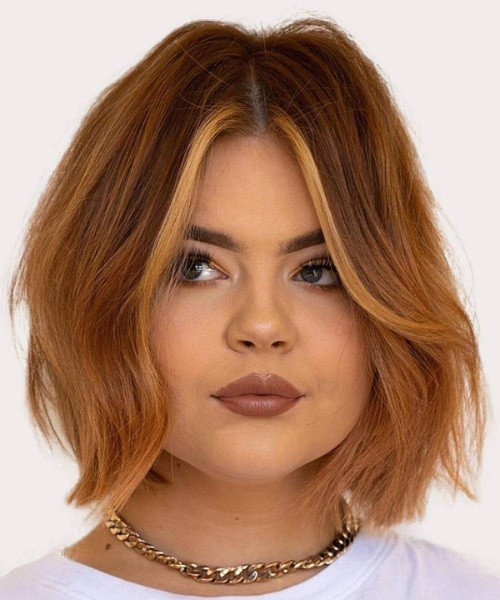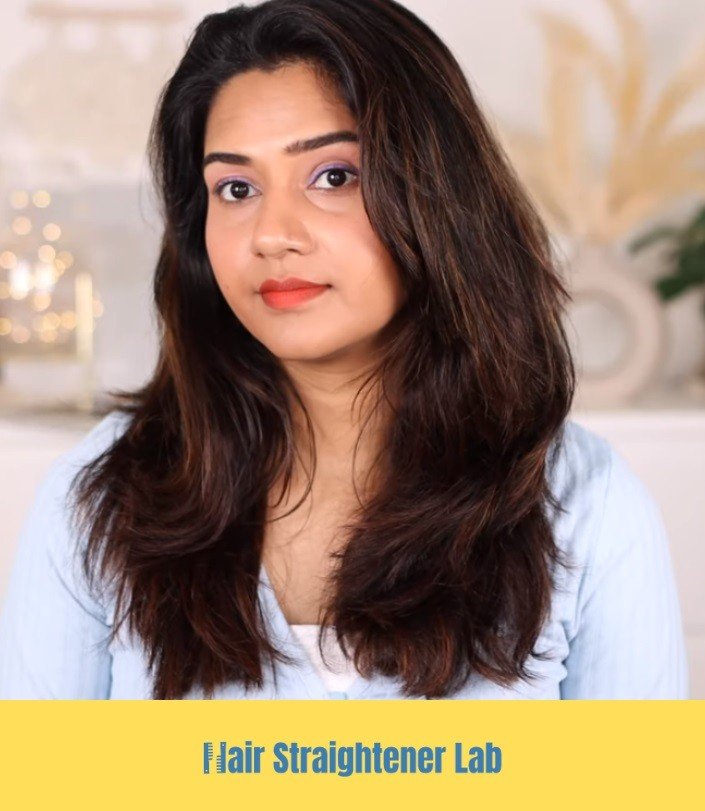As an Amazon Associate I earn from qualifying purchases. Learn More
When it comes to hair styling, the decision between layered and non-layered hair can be a challenging one. With so many factors to consider, including hair type, face shape, and personal preferences, it can be difficult to determine which option is best for you. In this article, we will explore the differences between layered and non-layered hair, the benefits and drawbacks of each, and tips for choosing the perfect hairstyle for your unique needs.
Understanding Layered Hair
Layered hair refers to a hairstyle where the hair is cut into varying lengths, creating a multi-layered effect. Layers can be subtle or dramatic, depending on the desired outcome. There are several types of layered hairstyles, including long layers, short layers, and choppy layers.
Benefits of Layered Hair

Volume and movement: Layered hair can add volume and movement to your hair, making it ideal for those with thin or fine hair. The different lengths create a fuller appearance, giving the illusion of thicker hair.
Versatility: Layered hair can be styled in a variety of ways, from straight and sleek to wavy and textured. This versatility makes it a popular choice for individuals who enjoy experimenting with different looks.
Frame the face: Layering can be tailored to flatter specific face shapes, such as softening a strong jawline or adding definition to a round face.
d. Low maintenance: Depending on the cut, layered hair can require less maintenance than non-layered hair, as the layers help to conceal split ends and other damage.
Related: Wella T14 Before And After
Drawbacks of Layered Hair
May require more styling time: While layered hair can be versatile, achieving certain styles may require additional time and effort.
Not ideal for all hair types: Layered hair may not be suitable for all hair types, especially those with extremely curly or coarse hair, as the layers can make the hair appear frizzy and unmanageable.
Understanding Non-Layered Hair
Non-layered hair, also known as one-length or blunt-cut hair, is a hairstyle in which the hair is cut to a single, even length. This style is often chosen for its simplicity and classic appearance.
Benefits of Non-Layered Hair

Sleek and polished look: Non-layered hair can create a sleek, polished appearance that is suitable for both casual and formal occasions.
Easier to maintain: Non-layered hair typically requires less maintenance than layered hair, as there are no layers to manage. This can be particularly beneficial for those with limited time or styling abilities.
Suitable for all hair types: Non-layered hair is appropriate for all hair types, from fine and straight to thick and curly. The even length can help to balance out hair that is prone to frizz or unruliness.
Highlights healthy hair: If your hair is healthy and well-maintained, a blunt cut can showcase its natural shine and texture.
Related: Why Does My Hair Curl At The End
Drawbacks of Non-Layered Hair
Lack of volume and movement: Non-layered hair can appear flat and lack movement, especially in those with fine or thin hair.
Limited styling options: With no layers to work with, non-layered hair may offer fewer styling options compared to layered hair.
Choosing the Perfect Hairstyle for You
When deciding between layered and non-layered hair, there are several factors to consider, including:
Hair type
Fine or thin hair: Layered hairstyles can add volume and movement to fine or thin hair, making them an ideal choice for those looking to create the appearance of thicker hair. However, if the layers are too short, they may exacerbate the appearance of thinness. In contrast, non-layered hair can appear flat and lifeless if not properly styled.

Thick or coarse hair: Non-layered hair can help to tame thick or coarse hair by providing an even weight distribution. However, if cut too short, it may appear bulky. Layered hairstyles can add movement and reduce weight, but may also cause frizz and make the hair more difficult to manage, depending on the hair type and layering technique used.
Curly or wavy hair: Layered hair can help to define curls and waves, adding shape and structure. However, it is essential to work with a stylist who is experienced in cutting curly hair, as improper layering can lead to unwanted frizz and uneven texture. Non-layered hair can help to control curls and waves, but may also appear heavy and lack movement.
Related: Do Mexicans Have Curly Hair
Face shape
Oval face: Individuals with oval face shapes can typically pull off both layered and non-layered hairstyles, as the balanced proportions of their faces can accommodate a variety of looks.
Round face: Layered hairstyles can help to add definition and elongate a round face, while non-layered hair may further emphasize the roundness. Long layers that frame the face are often a flattering option for those with round face shapes.

Square face: Layered hair can help to soften the strong angles of a square face, especially when the layers are concentrated around the jawline. Non-layered hair, particularly if cut at chin-length, may further accentuate the square shape.
Heart-shaped face: Both layered and non-layered hairstyles can be flattering for heart-shaped faces, but it is essential to balance the width of the forehead with the narrowness of the chin. Long layers or side-swept bangs can help to create this balance.
Lifestyle and personal preference
Styling time: Consider how much time you are willing to dedicate to styling your hair each day. Layered hair may require more styling time and effort, especially if you want to achieve a specific look. Non-layered hair may be quicker and easier to style, but may also offer fewer styling options.
Versatility: If you enjoy changing your hairstyle frequently, layered hair may provide more versatility and options for experimentation. Non-layered hair may be more limiting in terms of styling possibilities.
Maintenance: Consider the level of maintenance you are willing to commit to for your hairstyle. Layered hair may require more frequent trims and upkeep to maintain the desired shape, while non-layered hair may be more low-maintenance.
Conclusion
When choosing between layered and non-layered hair, it is essential to consider your hair type, face shape, lifestyle, and personal preferences. Both options offer unique benefits and drawbacks, so it is crucial to weigh these factors carefully before making a decision. Consult with an experienced hairstylist to discuss your options and determine the best hairstyle for your unique needs. Ultimately, the perfect hairstyle is one that makes you feel confident and beautiful, regardless of whether it is layered or non-layered.
